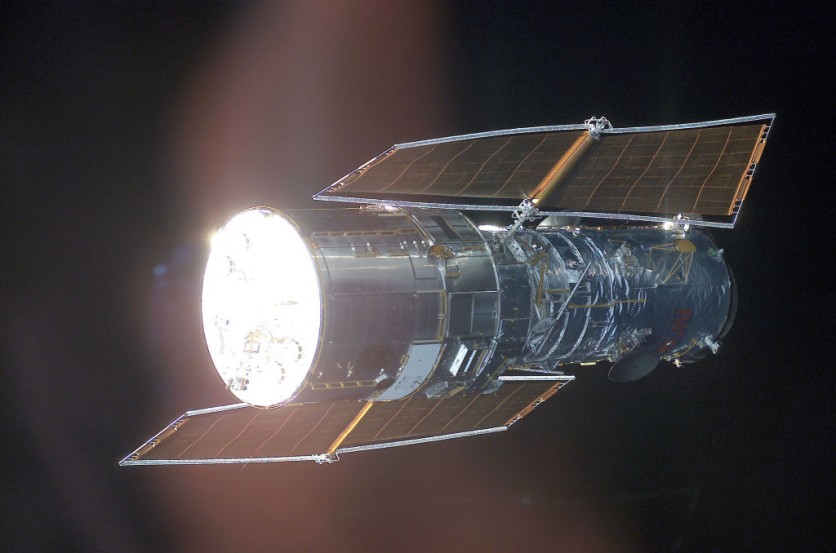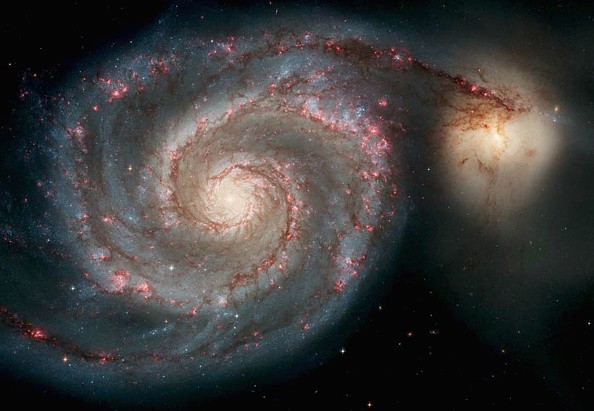NASA's Hubble Space Telescope has yet again, helped researchers in discovery, in looking for a fast radio burst (FRB) or a "deep space radio signal source which has been unexplained for years now. The mysterious and disappearing source of the radio signal is now discovered to be coming from a distant galaxy, which is young and still forming.

Deep space radio signals appear like phenomenons in the present world, especially as it aims to bring new knowledge and information about the cosmic entities around us which are still unknown. Thanks to the Hubble Space Telescope's technology, scientists can pinpoint locations and produce discoveries to learn more about what is around us.
Humans still have a lot to learn about space, and the various discoveries by NASA, along with other global space agencies contribute to the growth of knowledge of the entities around us. Recently, a faint humming sound was discovered by NASA's Voyager-1, and it aims to explain more of the phenomenon, especially as it came as a surprise for those who witnessed it.
NASA Hubble Discovers FRB, Deep Space Radio Signal Source

A humming sound is one thing, and a fast radio burst is another, with both having their degree of importance and relevance in the current society as humans continue to learn more about space. According to a research paper pre-published on arXiv, NASA researchers have elaborated on a newly discovered FRB from several distant galaxies.
To date, there were five FRBs or deep space radio signal sources that were located by the NASA Hubble Space Telescope, which was a massive achievement of the space agency. Before, FRBs would make its radio signal available, then disappear without a trace, leaving scientists and researchers baffled on where it came from.
Why are FRB discoveries Relevant in Society?
NASA's Hubble has given a massive development to the case of mysterious FRBs and deep space radio signals in the world of astronomy today, especially as it reveals distant galaxies around Earth. Moreover, it has discovered of nearby galaxies which resonate with these radio signals are considered to be young and only beginning their life cycle.
The FRB discoveries aim to learn more of the phenomenons and happenings around the Earth, and not only in the Milky Way galaxy or the current universe the world belongs to. The Hubble's help in delivering new information helps in escalating space knowledge of humans, which are still considered to be limited and barely touching its surface.
Related Article: NASA Hubble Telescope Spots Twin Quasars Hailing from Ancient Galaxies-Shares Initial Findings
This article is owned by Tech Times
Written by Isaiah Richard
ⓒ 2025 TECHTIMES.com All rights reserved. Do not reproduce without permission.




